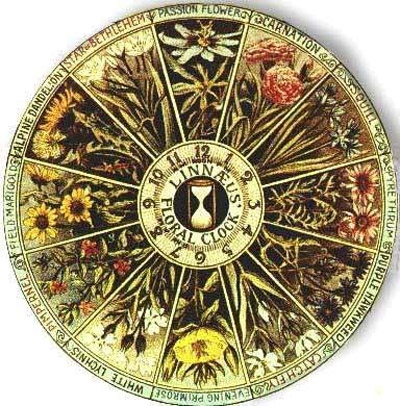
I hear a few gardening friends groaning. I hear my mother reminding me to sound out long, tricky words syllable by syllable. Just sound them out.
Sometimes easier said than done, but there is good reason for having scientific names. First, common names can misguide us. A bluebonnet in Texas is a lupine in California, and a jasmine in California is a pikake in Hawaii. Common names may work fine locally, but try to explain a local flower to gardeners in other parts of the world.
Also, when we have a sick plant in our garden, we have to know its correct name before we can solve its dilemma.
This is why gardeners look to scientific or botanical names. Botanical names are the same the world around and their meanings convey information we need to choose the right plants for our gardens.
During the 1700s, plant explorers collected many largely unknown plants from around the world, a quest that continues today. Carl Linnaeus, a Swedish botanist of that era, spent his life categorizing and naming plants. Using Latin, a universal language of the time, he developed the binomial naming system. This method gives every plant two names, the genus (generic name) and the specific epithet (species). The species name is often descriptive of the genus.
He grouped these names into families of related plants. Just as we recognize similarities in our own families, like blue eyes or curly hair, Linnaeus used plant similarities and origins to classify his findings.
Before Linnaeus’s system, a single plant might be saddled with many long Latin names that only a few interested scientists understood. The binomial system may seem daunting at first because many plant names are long tongue-twisters, but the information provided makes it worth mastering the code.
Pronouncing the Latin name correctly is important if you are describing a plant to someone else. If you pronounce the name incorrectly, you are conveying wrong information. The 2013 edition of Sunset’s Western Garden Book offers four pages on plant pronunciation and why we use botanical names. The “New Pronouncing Dictionary of Plant Names” (American Nurseryman Publishing Company) is a useful pamphlet that fits neatly in a pocket.
The binomial system groups plants into categories, from least specific (the family) to most specific (the variety).
Family is the large umbrella group. Family names are capitalized and end in aceae, such as Rosaceae, the family that includes roses.
Genus is the first word in a botanical name, and it is always capitalized. With Nandina domestica (heavenly bamboo), for example, Nandina is the genus.
The species is the second word in a botanical name. It often describes a plant characteristic such as color, size, shape, scent or origin. It is not capitalized. With this knowledge, you can deduce that Helleborus foetidus has a less than captivating scent.
Variety names are often descriptive, such as ‘Altissimo’ (tall), or they may indicate an officially registered, cultivated and named plant known as a cultivar (‘Bowles Mauve’). Varieties are enclosed by single quote marks.
Some species include many different varieties. If you want to buy a rosemary plant for cooking, look for Rosmarinus officinalis. Rosmarinus is the genus; Rosmarinus officinalis (meaning medicinal) is the species. You may find several named varieties at the nursery, such as ‘Tuscan Blue,’ ‘Spice Islands’ and ‘Blue Spires.’ Each one is slightly different, but all of them can be used in the kitchen.
Common names can be misleading, which is why we rely on Latin botanical names. For example, the fragrant star jasmine isn’t really a jasmine. Its botanical name is Trachelospermum jasminoides (meaning jasmine-like), and it is in the Oleaceae (olive) family. The common name for Choisya ternata, an evergreen shrub, is Mexican orange, but some call it mock orange. Philadelphus, a deciduous shrub in the Hydrangea family, is also commonly known as mock orange. Both shrubs have fragrant white blossoms.
There is much more to learn about plant names, but understanding the binomial system is a good start. Oh dear, my dog, Sofie, is eating my Philadelphus coronarius. She has good taste.
Workshop: Napa County Master Gardeners will lead a workshop on “Succulents in Your Garden” on Saturday, June 15, from 9:30 a.m. to 11:30 a.m. at Napa Valley College’s Upper Valley Campus, 1088 College Avenue, St. Helena. Learn what succulents will grow best in our climate and how to utilize them in your garden design. Learn how to care for them and keep them looking good and free from pests and diseases.
Online registration (credit card only)
Mail in registration (cash or check only)
Master Gardeners are volunteers who help the University of California reach the gardening public with home gardening information. Napa County Master Gardeners (http://ucanr.org/ucmgnapa)are available to answer gardening questions in person or by phone, Monday, Wednesday and Friday, 9 a.m. to Noon, at the U. C. Cooperative Extension office, 1710 Soscol Avenue, Suite 4, Napa, 707-253-4143, or from outside City of Napa toll-free at 877-279-3065. Or e-mail your garden questions by following the guidelines on our web site. Click on Napa, then on Have Garden Questions?